Intellectual Athlete
Aligning Productivity Expectations with Benefits for Realized ROI
Sometimes getting to DONE, is as easy as a coffee and conversation!
Applying the “Intellectual Athlete” concept to Benefits
Intellectual Athletes are the Brains of office productivity.
Were you aware that the average employee is only productive for 2 hours and 53 minutes per day?
When employees are more productive, they tend to be more willing to participate and be involved with the business and its activities–this is positive engagement. Employees who are actively engaged are more likely to improve customer relationships, resulting in a potential 20% increase in sales. If employees are not productive, they are disengaged and unmotivated, which can lead to a whole range of undesirable impacts on culture and other staff, especially over the longer term.
Intellectual Athlete & Benefits
Just like providing employees with laptop, tools, chairs, etc. it is important to understand the employee themselves are their own best tools—brain, eyes, ears, hands, etc. Inadequate maintenance can lead to inadequate performance results.
Consider how access to benefits can increase performance:
Vision care for proper sight (computer work, drafting documents, comprehension of information)
Did you know… that individuals with severe vision impairment were 20.83 times more likely to experience higher productivity loss than those with mild visual impairment … about $775,325.51 annually.
Eyestrain and fatigue are caused by intense focusing of the eyes. About 20% of Americans say they have these issues. Which can occur from reading up-close or working on a digital device for a long time without proper protective eyewear. Eyestrain and fatigue can also happen when your eyes try to adjust to a sudden change in lighting. If not addressed, blurred vision and squinting can occur, which in turn leads to headaches.
Hearing aids to listen and understand instruction or working with customer’s needs for better service.
When employees experience hearing loss, business performance may suffer as a result of misunderstanding caused by impaired hearing. Because instructions are misinterpreted or need to be repeated, tasks may take longer to perform.
The World Health Organization estimates that unaddressed hearing loss costs the global economy US$ 980 billion annually due to health sector costs (excluding the cost of hearing devices), costs of educational support, loss of productivity and societal costs.
Paramedical services for preventative injury, like ergonomics.
Inadequate access can decrease performance and create barriers to recovery. As an example, back injuries can take anywhere from a few days to several months to resolve. Access to regular treatments like physiotherapy will help shorten this time, which increases productivity output and adds to a positive corporate culture. Inadequate coverage may also serve to discourage proactive, healthy habits. Employees may feel the need to avoid early treatment, fearing they will not have coverage when they need it most. However, this can cause an injury to worsen, requiring more time off.
Employees are 24/7
Whether on the job or off, what impacts an employee for the hours they are not “on the clock” can also impact them when they have reported for duty. For this reason and many more, a baseline needs to include current “where we are now” information.
- Days lost—sick days, call ins, etc.
- Timelines not met.
- Occupational injury—on the job and off.
- Incidental absences.
- Disability claims—workers’ comp, employment insurance, benefits.
This is the beginning of how future benchmarking and opportunities can be established with an active return on investment measured.
Make your next hire an Olympian.
To reach for gold on the Olympic platform requires consistent training to purposefully improve both physically and mentally. While this sporting feat is reserved for the elite few, achieving career success gold is a wide-open field. In the beginning, some may say, it all depends on opportunity and with that, a different perspective on how and who we are hiring.
Value
Employee turnover, the quiet quitter, disgruntled staff, absenteeism, presenteeism are all active slogans when it comes to hiring and retaining talent in the organization. Investment into recruitment and retention is a two-way street. Employers “invest” in talent so talent will be “vested” to stay with the corporation in a successful long-term mutually beneficial relationship.
Consider then, the last employee to terminate from your organization:
- Were they were fired, or did they quit?
- Do you know the reasons?
- How long were they employed?
- Where they in a position where they could be successful?
- What investment did the business put into retaining them, i.e., training, benefits, salary, career advancement opportunities, etc.?
- What made you hire this employee in the first place? If you had it to do again, would have hired them?
- What was the value they brought to the business at the time?
- What is the value lost to the organization now that they are no longer a staff member?
Traits | Characteristics
Building a team that can be a TEAM is critical for success. This involves believing in common goals, principals, and the same process framework so all can function at a higher level. For the next hire ask, “what value does this person bring to the organization”? Then consider, “how will I work with this person to improve their talent to the best advantage”?
Just like in sports, where every athlete is not an Olympian, in business not every candidate is executive or management level. But that doesn’t mean they are not a value to the team if they can play a precise position to the best of their ability—be integral to the organization as a whole. Sports athletes and employee athletes—whether industrial or intellectual—share many common qualities and values that can make them the “best” at their job.
It’s a natural instinct for a winning play that sets the high performers apart. They have the courage to speak up, offer suggestions, be creative, make decisions, and go for gold.
Re-focus The Lens.
High performers are confident in their ability. This isn’t “ego” where the trap is thinking no one else can do what they do, but a belief that they are not alone and can “make it” despite obstacles. They have a desire to do their very best and a track record for giving their best.
This leads to being motivated, driven by the persistent understanding of the necessary consistent and on-going practice and work to excel. Top talent want to stand out from the competition, continue to be better than they were yesterday, and prove that hard work creates winning gains.
Determination is a disciplined look at the team, work, the project, the mission, the vision, etc. from short-term measures to long-term goals and being passionately committed to showing up and doing their part. These team members exhibit the natural ability to set and achieve goals.
People who believe “they can” are gifted with optimism. To be the best, a person must believe they can be the best at what they do. Self-doubt means never crossing the finish line or stepping up on the podium; therefore, the optimistic employee doesn’t let set back distract from the corporate goals.
Top-level teams perform and work well together because they have a strong sense of belonging. This means feeling a part of something larger than self and knowing they play a valuable role. People doing what they say they’re going to do when they have pledged to do it, and supporting in a professional manner, the other members of the unit. Being the best amongst the best in the organization.
They learn from setbacks, understanding that failure happens—both large and small—and that failure is inevitable. It’s resiliency that allows the best talent to keep moving forward, regardless of whatever they may face, grow from the experience, and get better at what they do.
Long term successful employees trust the organizational system and are process driven themselves. Without embracing a process and trusting the system there is no recovery from unforeseen circumstances and curve balls that come into play. Being able to rely upon a proven process is like staying true to the game plan … there is a goal scored at the end. Just like running every day without injury will result in someone getting healthier, strong, and faster.
Productivity Perspective
Heart Healthy Culture
A recent article from "Word on Benefits" served to reinforce how important it is to align the benefit plan design with EXPECTED Safety and Productivity results if you want your business to thrive. 1 in 12 (2.6 million) Canadian adults age 20 and over live with...
Employee Benefit Education, “Just in Time” Part #2
Comprehensive, Consistent, Communication is key to how we offer benefits to clients and the end-users—the employees. Benefits Boosts Productivity When corporations take the time to align their business strategy, culture, and compensation with expectations on...
Employee Benefit Education, Part #1
Because we are in the business of benefits, we strive to constantly understand and educate the target end user—the employee. Whether staff are contributing to the benefit premium (via payroll deduction) or not, when corporations want to ensure the benefit program adds...
MP Benefits’ Process Drives Results
Building the RIGHT benefit plan is crucial to the success of the plan.










